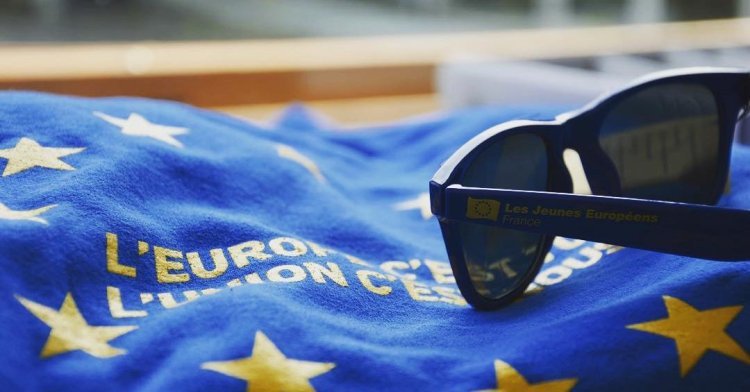In recent years, Europe has struggled with protecting itself and dealing with new security challenges. In this short paper, we will attempt to provide some initial ideas for improving European defence.
In order for an effective common EU defence, stronger and permanent pan-European structures need to be put in place, especially in the form of a pan-European defence force. It might be useful to look back in history for inspiration on how such a force can be formed, especially in the previous attempts of creating a European Defence Community. In this regard, an option would be to strengthen the current EU Battlegroup framework, especially by making permanent groups in place and making them easier to use, i.e. by reforming the decision-making procedure, in order to encourage the use of EU-capabilities before national ones. Additionally, encouraging every EU member state to send a number of their troops into these permanent EU battlegroups will allow for better synergies and interoperability between the member states’ armed forces. Ultimately, these permanent EU Battlegroups will be complementary and compatible with national forces as well as NATO. However, the lessons learned from strengthening these battlegroups will be beneficial in laying the foundation for the future creation of a true pan-European defence force, also known as a “European Army”.
In recent years, certain member states in the EU have increased their support for military integration of the armed forces. Europe already has the German-Franco brigade as a successful model for such integration, joint border policing (Frontex) and ad-hoc reservist forces (EU battlegroups). However, recent history has shown that much more is needed to provide Europe with the operational capabilities to carry on defence duties. An example is that European countries could not continue the airlift from Afghanistan despite it being a stated goal, as they liked the capacity to protect Kabul International airport. Europe should thus actively cooperate to increase integration, up to the point of an European army, and not shy away from increasing its capabilities in an increasingly volatile world. Further, elements that are already operational (such as EU battlegroups) should be relied on more to provide them with actual experience and increase the cohesiveness of European defence architecture.
The issue of armaments and equipment is central to European defence and its strategic autonomy. Notably, we believe that a pan-European approach is required to optimise procurement capabilities, enhance cooperation among EU member states and support those countries that lack domestic weapon industry. A standardisation of procedures for bids to military equipment could simplify the process for small private or public producers of this equipment. Individual equipment is often interchangeable and could be allocated according to specific needs. In several cases of countries being in close proximity to one another, it might make sense to use the same equipment (e.g. Dutch and Belgian navy). Further, in the field of cyber capabilities, a pooling of resources may be necessary to attract the required development talent and create effective systems. Joint training on equipment is also important, both to ensure armies are familiar with main EU systems and joint combat capabilities, examples of successful implementation of this principle include the military Erasmus program, Luxembourgish officers being trained in the Belgian officers academy, and more.
We recognise that NATO is an important security partner for Europe. Without the American nuclear umbrella, the security of eastern Europe might be in jeopardy. That is especially true for the near future, when the military capabilities of Europe are still expected to fall well short of what is needed to ensure strategic autonomy. However, a strong EU military component could greatly complement NATO’s shortcomings. Namely, the six EU members who are not members of NATO (Austria, Cyprus, Finland, Ireland, Malta, and Sweden) need and deserve to live in freedom and security. Furthermore, while NATO may hesitate to respond to hybrid threats (such as the border crisis with Belarus), the EU may mount a more effective response even without using conventional military means. Thus, while NATO is expected to retain its importance for Europe, Europe must do more to protect itself in cooperation and coordination with NATO.
A permanent operational EU headquarters in order to supervise EU operations and the suggested permanent battlegroups, with its own permanent civilian-military staff, is necessary for the EU to have a stronger defence policy and for it to respond to external threats. We consider that such a structure could at first serve as a central point for coordinating resources and logistics necessary for EU battlegroups and the armed forces of EU member states. While we welcome the development of projects like the European Medical Command (EMC) and the Crisis Response Operation Core (CROC) under the auspices of Permanent Structured Cooperation (PESCO), we believe that these projects would be better served under a permanent joint command EU headquarter/institution.
In conclusion, the trajectory of European Defence Policy should be one of strengthening existing structures and partnerships, increasing cooperation and interoperability, and reaching the goal of having permanent structures in place, able to respond to immediate and existential threats to European and global security.


Follow the comments: |
|
